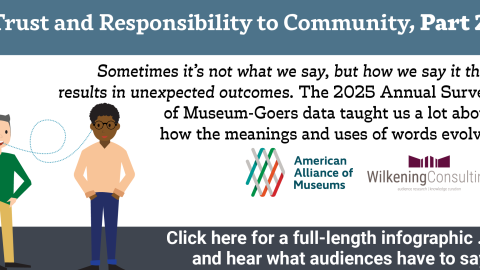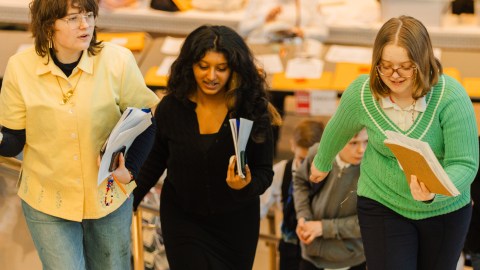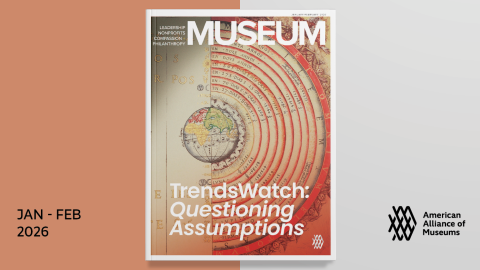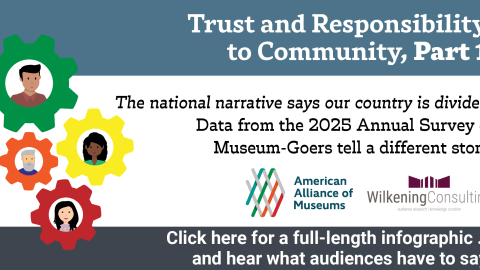I’m often asked, “What will be the financial model be for museums in the future?” That model may well combine the idealism and mission-driven focus of nonprofits with strategies adapted from the for-profit realm. This week’s guest post is from Diana Peacock, director of Community Wealth Ventures, a for-profit subsidiary of the nonprofit anti-hunger and anti-poverty organization Share Our Strength. CWV is a management consulting firm that helps nonprofits achieve their goals for growth, sustainability and impact through a variety of strategies including business model assessment, business planning, strategy implementation and social enterprise. I’ve invited Diana to share some ideas on how museums bolster their financial sustainability while magnifying their impact. Here is the first installment of her response.
When I learned about Arcadia Center for Food and Sustainable Agriculture—the partnership between Woodlawn and the Neighborhood Restaurant Group, my eyes lit up and my heart beat a little faster.You see, this partnership not only exemplifies the kind of Community Wealth that is at the core of my firm’s work, but also demonstrates how arts and culture institutions can make a tangible impact toward solving some of society’s most pressing challenges—a personal passion of mine!(More to come on that concept in a later post.)
Community Wealth is created as people from varied backgrounds share their strengths to advance worthy causes that lift up our communities. These strengths not only have the potential to generate monetary wealth and positive change in the world around us, but also to create relationships that yield new perspectives and enrich lives.
Historically, CWV’s work has focused on helping nonprofit organizations leverage their assets to help financially sustain their mission and deepen their impact on the community.This kind of Community Wealth can only occur where three essential elements intersect:
- the organization has unique assets upon which to build
- the product/service/venture fills a market need
- the organization has or can acquire the capacity to deliver.
Herein lies the brilliance of the partnership that became Arcadia—it meets all three criteria, articulated most eloquently by Laurie Ossman, director of Woodlawn, in her original post about the partnership.
“Rather than invest in a vision based on a stakeholder and staff-driven process and then see if anyone out there is interested, we can also start by identifying the needs and opportunities in the community, and determine what role we can play in fulfilling them. Then we can begin to reposition ourselves as multivalent resources, working with partners who have the talent, knowledge and resources to help us to reach new audiences—even when it falls outside our usual conception of ourselves.”
So while launching a farm is certainly not an appropriate strategy to generate Community Wealth for every museum or historic trust property, the example prompts me to ask the reader to ponder these three questions:
- What are the needs and opportunities in your community?By meeting real needs, you can build new audiences and attract new resources.
- What unique assets do you have that can help you meet those needs?Assets range from money, to facilities, to networks/relationships, to expertise, etc.
- What internal capacity is needed to deliver on this idea? Consider the strengths can you bring to the venture and those you can acquire through partnership or other means.
Please the comments section below, to share your examples of new ways to positively impact your community while generating income and building audiences.








